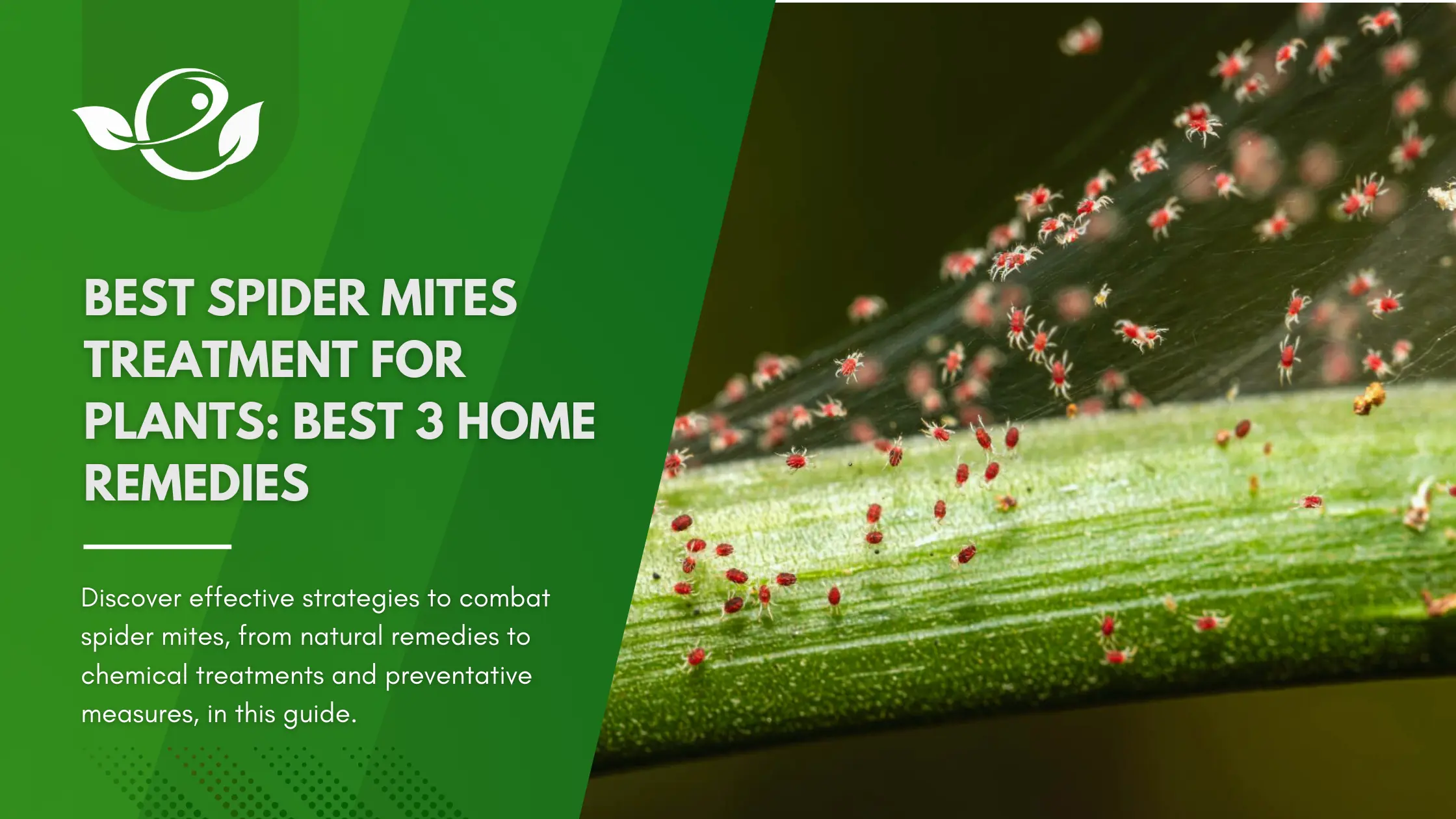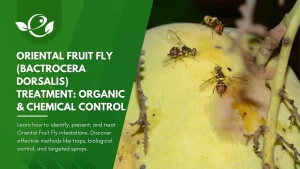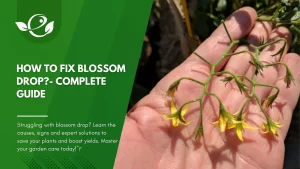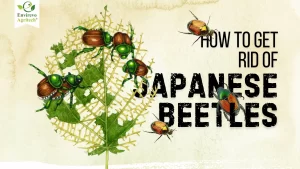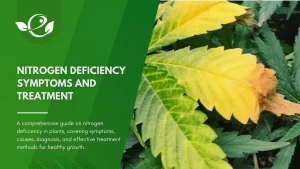Table of Contents
you walk into your garden, humming a tune, ready to marvel at your flourishing plants. But wait! What’s this? Leaves speckled with tiny yellow dots? A fine webbing that looks like it belongs in a Halloween decoration? Before you panic and think your garden is hosting a spider convention, let me introduce you to the tiny, sinister villains known as spider mites. These pint-sized pests can wreak havoc on your beloved plants, turning your green oasis into a battleground. But fear not, fellow gardener, for we are here to arm you with the best strategies to send these mites packing. So, grab your gardening gloves, and let’s dive into the fascinating (and slightly exasperating) world of spider mite warfare.
Understanding Spider Mites
Description of Spider Mites
Spider mites, despite their small size, are formidable adversaries. These arachnids are typically less than 1 millimeter in length, making them nearly invisible to the naked eye. They come in various colors, from red and green to yellow and brown, often changing shades depending on the season and their diet. Their most distinctive feature, however, is the webbing they produce, which serves both as a protective barrier and a transportation network.
Scientific name: Tetranychidae
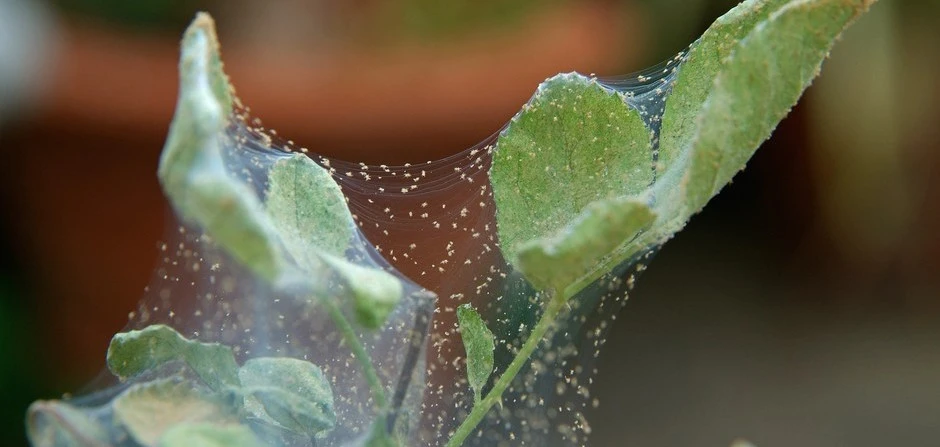
What caused it?
Damage is caused by spider mites from the genus Tetranychus, mainly T. urticae and T. cinnabarinus. The adult female is 0.6 mm long, pale green with two darker patches on its oval body, and long hairs on the back. Overwintering females are reddish. In spring, the females lay globular and translucent eggs on the underside of the leaves. The nymphs are pale green with darker markings on the dorsal side. The mites protect themselves with a cocoon on the underside of the leaf blades. The spider mite thrives in dry and hot climates and will produce up to 7 generations in one year in these conditions. There is a wide range of alternative hosts, including weeds.
Types of Spider Mites
Understanding the enemy is crucial in any battle. Here are some of the common types of spider mites you might encounter:
- Two-Spotted Spider Mites: Recognizable by the two dark spots on their backs, these mites are among the most widespread and damaging.
- Red Spider Mites: These mites are typically red in color and are more prevalent in cooler climates.
- Others: Various other species might infest your plants, each with unique characteristics and preferences.
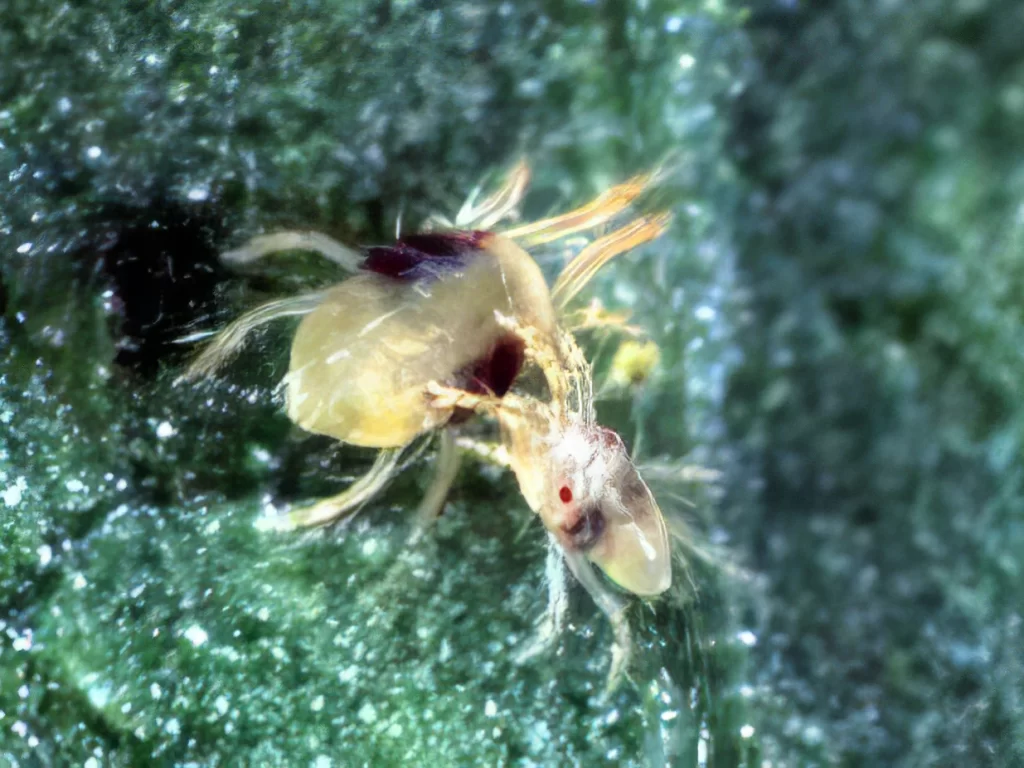

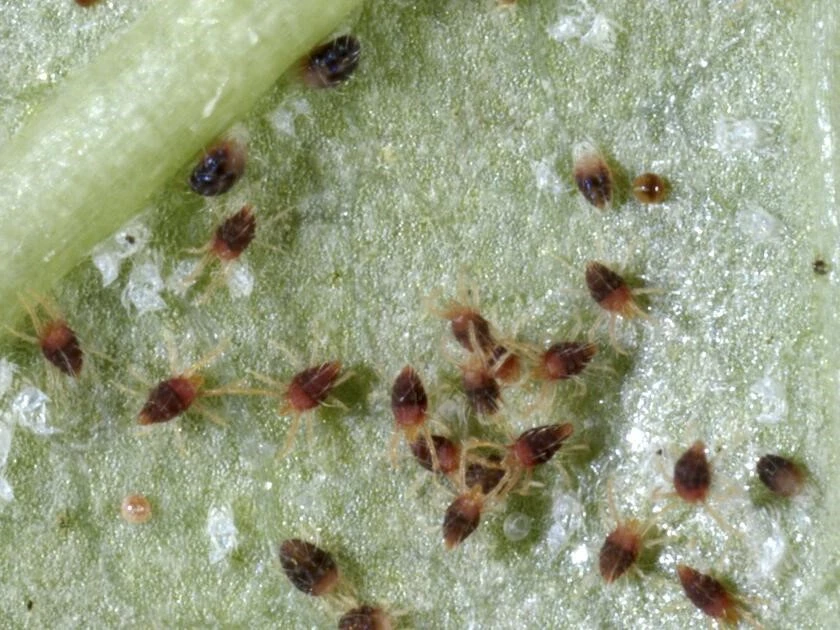
Spider Mites Can also be found in
Almond, Apple, Banana, Bean, Bitter Gourd, Cabbage, Carrot, Citrus, Cotton, Cucumber, Currant, Brinjal, Black & Green Gram, Grape, Lettuce, Maize, Cassava, Melon, Millet, Okra, Onion, Papaya, Pea, Peach, Peanut, Capsicum & Chilli, Pigeon Pea & Red Gram, Pomegranate, Potato, Pumpkin, Rose, Sorghum, Soybean, Strawberry, Sugarcane, Tobacco, Tomato, Wheat Zucchini.
Symptoms of spider mites
- Discoloration of Leaves: Spider mites suck the sap from plant leaves, leading to tiny yellow or white speckles. Over time, this can cause the leaves to become bronze or gray and eventually fall off.
- Webbing on Plants: If you notice fine, silky webbing on the undersides of leaves or between stems, it’s a clear indicator of spider mites.
- Stunted Growth: Infested plants often show signs of stress, including reduced growth and vigor.
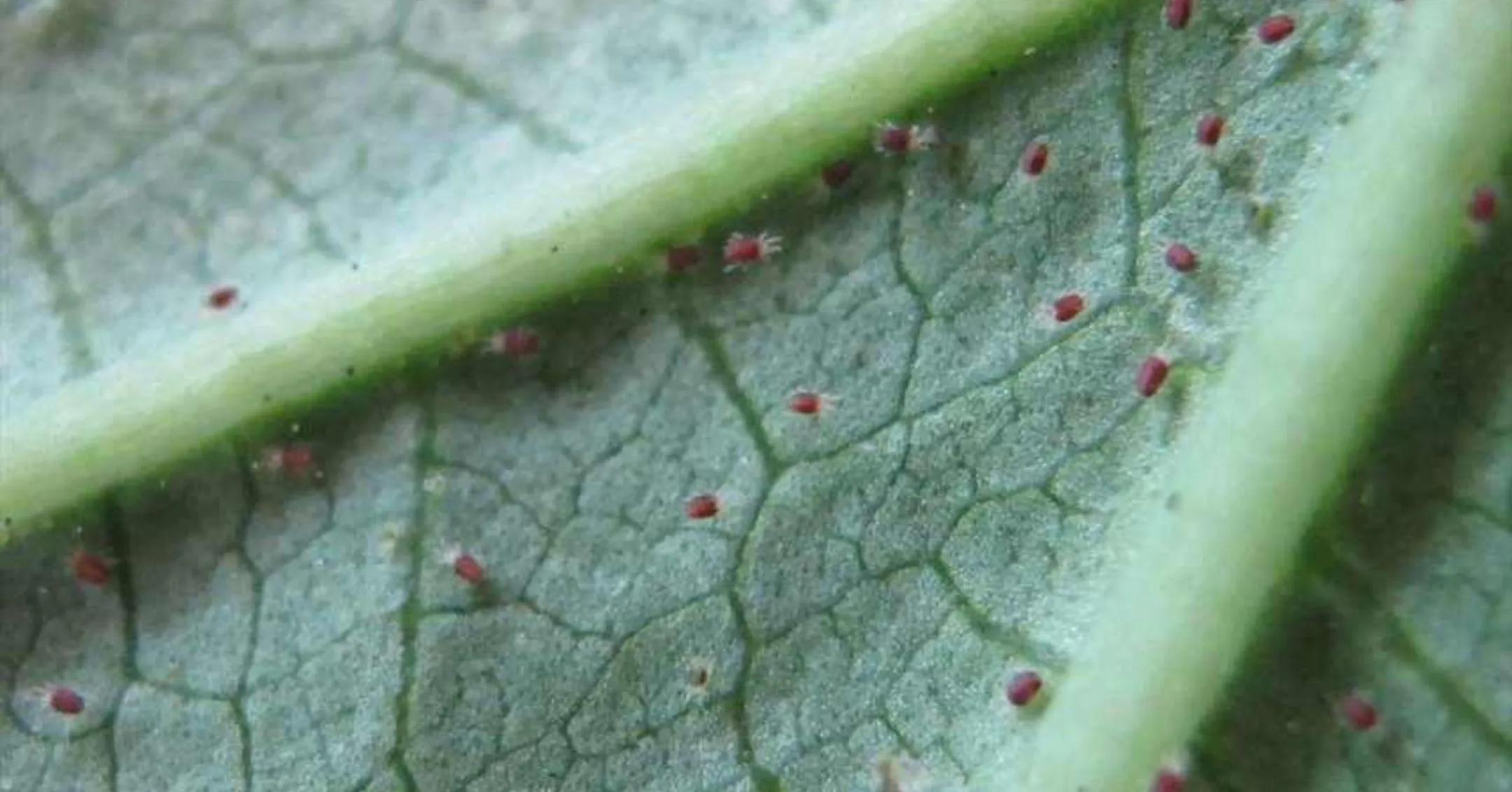
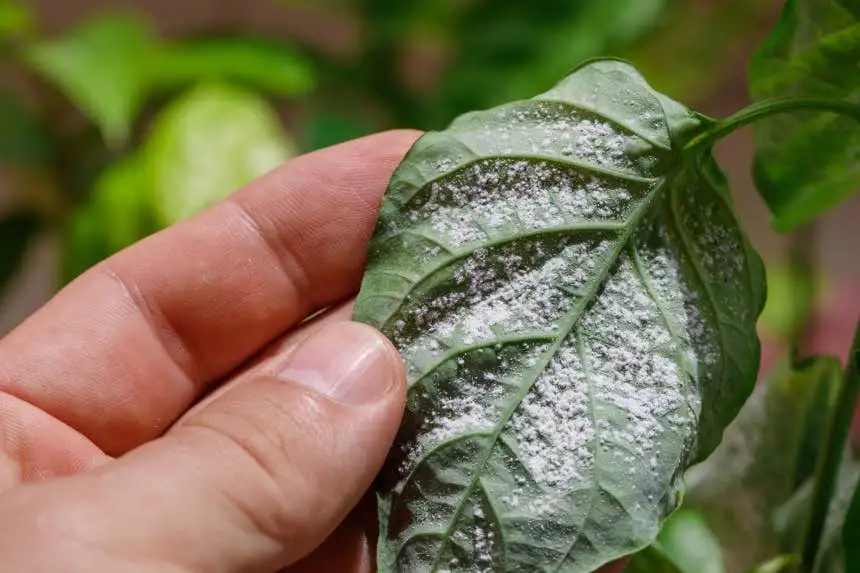

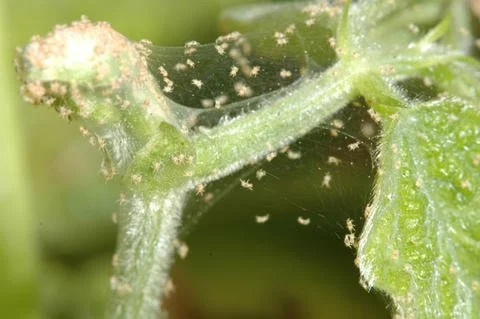
The spider mites feeding causes white to yellow speckles to form on the upper surface of the leaves. As infestation becomes more severe, leaves appear bronzed or silvery first and then become brittle, rip open between the leaf veins, and finally fall off. Spider mite eggs can be found on undersides of leaves. The spider mite itself is located there, nesting in a cocoon resembling webbing. Infected plants will be covered by a web spun by the spider mites. Shoot tips can become bald and as a result, side shoots start to grow. In cases of heavy damage, the quantity, as well as quality of fruits, is reduced.
Preventative Measures of spider mites
- Plant resistant varieties if available.
- Monitor your field regularly and check the underside of leaves.
- Alternatively, shake a few insects off the leaf surface onto a white sheet of paper.
- Remove affected leaves or plants.
- Remove nettles and other weeds from fields.
- Apply water to pathways and other dusty areas at regular intervals to avoid dusty conditions in the field.
- Water your crop regularly as stressed trees and plants are less tolerant to spider mite damage.
- Plants need sufficient light to thrive. Ensure they are getting the right amount of sunlight or artificial light.
- Spider mites thrive in dry conditions. Increasing humidity around your plants can make the environment less hospitable for these pests.
- Check the undersides of leaves and other hiding spots for signs of mites.
- Use a magnifying glass to spot mites or shake leaves over a white sheet of paper to see if any mites fall off.
- Control the use of insecticides to allow beneficial insects to thrive.
Natural and Organic Treatments of spider mites
1. Beneficial Insects
Nature provides its own set of pest controllers. Introducing beneficial insects can help keep spider mite populations in check.
- Predatory Mites: Species like Phytoseiulus persimilis are natural predators of spider mites and can significantly reduce their numbers.
- Ladybugs: These colorful beetles feed on spider mites and other pests, providing an effective and eco-friendly solution.
2. Neem Oil
Neem oil is a popular and effective organic treatment for spider mites.
- How to Use Neem Oil Effectively: Mix neem oil with water and a few drops of dish soap, then spray it on the affected plants. Repeat the application every week until the mites are gone.
- Benefits and Precautions: Neem oil is non-toxic to humans and pets, but it can cause skin irritation in some individuals. Use gloves when handling it.
3. Insecticidal Soaps
Insecticidal soaps can be a safe and effective way to control spider mites.
- Application Methods: Spray the soap solution directly onto the mites and their webs. Ensure thorough coverage, especially on the undersides of leaves.
- Pros and Cons: These soaps are generally safe for plants and non-toxic to humans and pets, but they may need to be reapplied frequently.
4. Essential Oils
Essential oils can be a potent tool in your mite-fighting arsenal.
- Types of Essential Oils: Oils like rosemary, peppermint, and clove have been shown to be effective against spider mites.
- Preparation and Usage: Mix a few drops of essential oil with water and a small amount of dish soap. Spray the solution on infested plants, ensuring good coverage.
In case of minor infestation, simply wash off the mites and remove the affected leaves. Use preparations based on rapeseed, basil, soybean and neem oils to spray leaves thoroughly and reduce populations of T. urticae. Also try garlic tea, nettle slurry or insecticidal soap solutions to control the population. In fields, employ host-specific biological control with predatory mites (for example Phytoseiulus persimilis) or the biological pesticide Bacillus thuringiensis. A second spray treatment application 2 to 3 days after the initial treatment is necessary.
Chemical Treatments of spider mites
Always consider an integrated approach with preventive measures together with biological treatments if available. Spider mites are very difficult to control with acaricides because most populations develop resistance to different chemicals after a few years of use. Choose chemical control agents carefully so that they do not disrupt the population of predators. Insecticides based on wettable sulfur (3 g/l), spiromesifen (1 ml/l) or abamectin can be used for example (dilution in water). A second spray treatment application 2 to 3 days after the initial treatment is necessary.
Product recommendations are based on following active ingredients:
- Spiromesifen 22.9% SC;
- Diafenthiuron 50.0% WP;
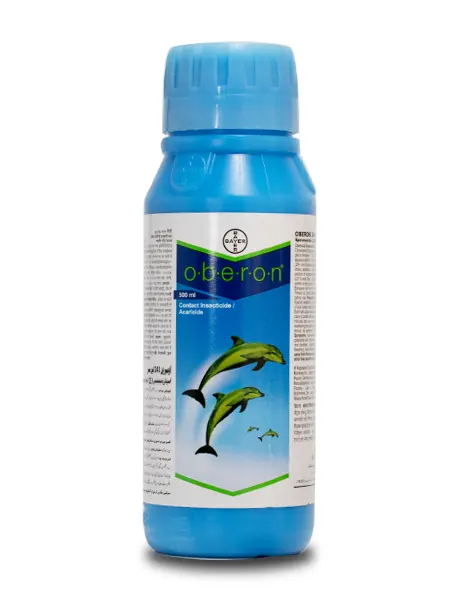


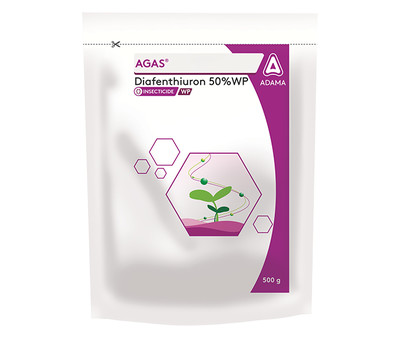
Best 3 Home Remedies
1. Soap and Water Spray
- Recipe and Application: Mix 1 tablespoon of mild liquid soap with 1 quart of water. Spray the solution on infested plants, focusing on the undersides of leaves.
- Effectiveness: This method can help control small infestations, but it may need to be repeated frequently.
2. Alcohol Solution
- Preparation and Usage: Mix 1 part rubbing alcohol with 1 part water. Use a cotton swab or spray bottle to apply the solution to infested areas.
- Effectiveness: This method is effective for small infestations, but be cautious not to damage delicate plants.
3. Garlic and Pepper Spray
- How to Make and Apply: Blend a few cloves of garlic and a hot pepper with water. Strain the mixture and add a few drops of dish soap. Spray the solution on affected plants.
- Benefits and Drawbacks: This natural remedy can be effective, but it may have a strong odor and can irritate the skin.
Integrated Pest Management (IPM)
IPM focuses on prevention, monitoring, and control, using a combination of cultural, biological, mechanical, and chemical methods. Implementing IPM involves several key steps:
- Monitoring and Identifying Pests: Regularly inspect your plants for signs of pests and accurately identify the culprits.
- Preventive Cultural Practices: Maintain healthy plants through proper watering, feeding, and pruning.
- Mechanical and Physical Controls: Use barriers, traps, and manual removal to reduce pest populations.
- Biological Control Methods: Introduce beneficial insects and other natural predators to keep pest populations in check.
- Responsible Use of Chemical Controls: Use chemical treatments as a last resort, choosing the least toxic options and applying them judiciously.
IPM offers several benefits:
- Sustainability: IPM promotes long-term, sustainable pest control solutions.
- Long-term Effectiveness: By combining multiple methods, IPM reduces the likelihood of pests developing resistance.
Common Mistakes to Avoid
Overuse of Chemical Treatments
While chemical treatments can be effective, overusing them can lead to several problems. Mites can develop resistance to pesticides, making them less effective over time. Excessive use of chemicals can harm beneficial insects and the environment.
Inconsistent Application
Inconsistent treatment applications can hinder your efforts to control spider mites: Regular and consistent application of treatments is crucial for effective control. Follow the recommended schedule for each treatment.
Ignoring Early Signs
Early detection and intervention are key to preventing severe infestations. Regularly inspect your plants and address any signs of spider mites promptly. Don’t ignore the early warning signs.
Conclusion
To recap, spider mites can be a formidable adversary, but with the right approach, you can protect your plants and maintain a healthy garden. From preventative measures and natural treatments to chemical solutions and integrated pest management, there are numerous strategies to combat these pests. Stay proactive in your efforts to control spider mites. Regular monitoring, healthy plant practices, and a combination of treatments will help you keep your plants thriving.
Have you battled spider mites in your garden? Share your experiences and tips in the comments below! And don’t forget to subscribe to our blog for more gardening advice and updates.
